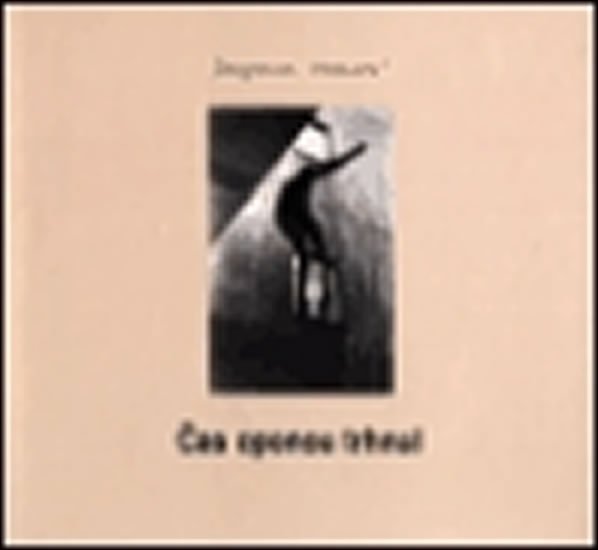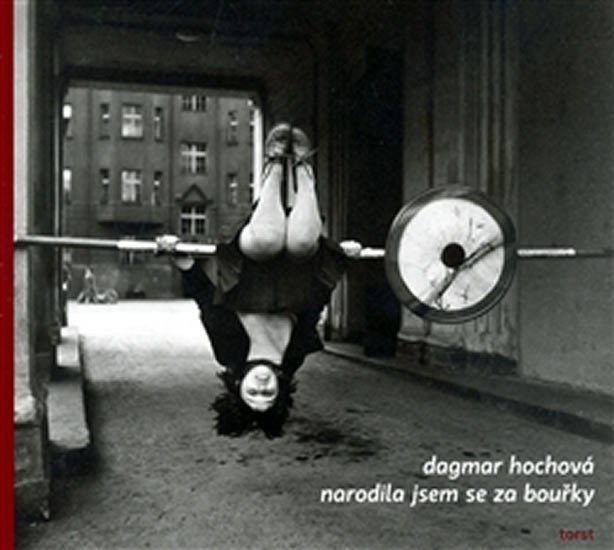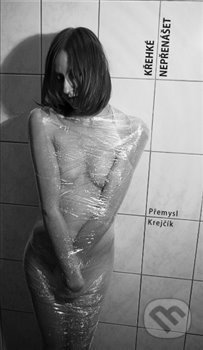
Čas oponou trhnul/ Time Pulled the Courtain
Knihu koupíte v
1 e-shopu
od
300 Kč
Pokud se vám po kliknutí na tlačítko "Do obchodu" nezobrazí stránka knihy ve vybraném e-shopu, je třeba vypnout AdBlock ve vašem prohlížeči pro naši stránku.
Návod na vypnutí je například na adrese https://o.seznam.cz/jak-vypnout-adblock/#1.
Krátký popis
Tato monografie Dagmar Hochové je ohraničena dvěma daty. Z února
roku 1948 pochází výmluvný snímek s přemalovaným antikomunistickým
nápisem, z listopadu 1989 pak pohled na zaplněné Václavské náměstí.
Na svých fotografiích, vznikajících v dlouhém období totality,
Hochová zachytila nejen převratné události našich dějin či
osobnosti vysoké politiky popřípadě disentu, ale především momentky
ze životů obyčejných lidí. Vždy ji zajímali ti, kteří se řízením
osudu ocitli na okraji společnosti. Důchodci, mentálně postižené
děti, řádové sestry, které o ně pečují. Její vidění není nikdy
sentimentální, ale vždy pravdivé, původní a hluboce lidské.
EnglishThis monography dedicated to photographer Dagmar Hochová is
delimited by two dates. February 1948: an expressive picture of a
repainted anticommunist inscription, November 1989: a view of
Václavské Square full with people. In her pictures, created during
the long period of totality, Hochová managed to capture not only
the epoch-making events of our history or the personages of high
political positions (or disent) but above all the moments from the
lives of common people. She has been always interested in those
who, by their fate ordinance, fetched up at the periphery of the
society. Retirees, mentally handicapped children, and nuns taking
care of them. Her perspective is never sentimental, but always
truthful, original and deeply humane. DeutschDiese Monographie der
Fotografin Dagmar Hochová ist durch zwei Daten begrenzt. Aus
Februar 1948 stammt die vielsagende Aufnahme einer übermalten
antikommunistischen Aufschrift und aus November 1989 die der
demonstrierenden Menschenmenge auf dem Wenzelsplatz. Auf ihren in
der langen Zeit des Totalitarismus aufgenommenen Fotografien hielt
Hochová nicht nur die überwälzende historische Ereignisse oder die
bekanntesten Politiker und Dissidenten fest, sondern auch Momente
aus dem Alltagsleben der Menschen. Ihr Interesse galt immer denen,
die durch Schicksal an den Rand der Gesellschaft gerieten, wie z.
B. alte Menschen, geistig behinderte Kinder oder Ordenschwestern,
die sie betreuen. Ihre Sichtweise ist nie sentimental, aber immer
wahrheitsgemäß, original und menschlich.
Vývoj ceny
Aktuální Ø cena knihy Čas oponou trhnul/ Time Pulled the Courtain je 300 Kč
Výběr knih autora
Dagmar Hochová
Zobrazit všechny knihy autora
Dagmar Hochová
Naše tipy
- Právě probíhající akce a slevy na knihy
-
Knihydobrovsky.cz | do 12.12.2025
-
Knihydobrovsky.cz | do 17.12.2025
-
Knihydobrovsky.cz | do 24.12.2025
-
Knihydobrovsky.cz | do 24.12.2025
-
Bookshop.cz | do 31.12.2025
- zobrazit všechny akce







